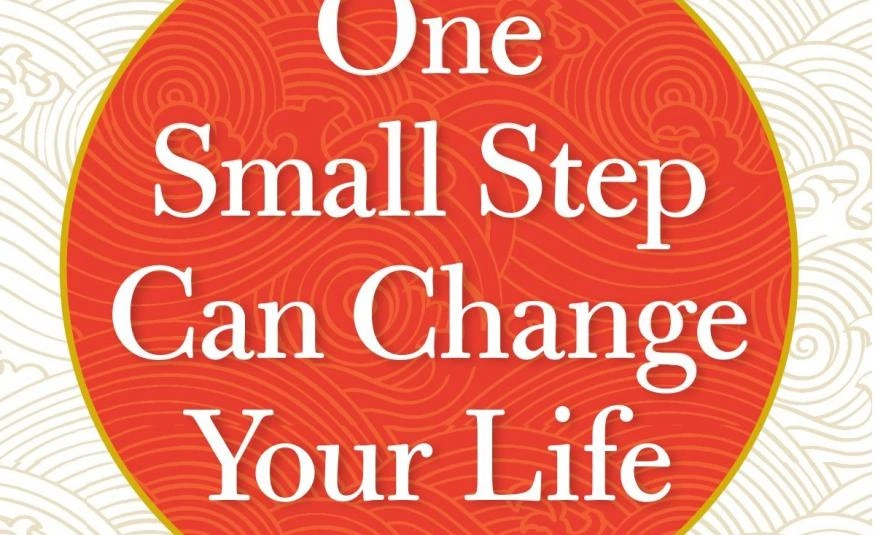#kaizen #self-improvement
This is one of the two most valuable books that I’ve read in the last year about self improvement. In recent weeks I’ve put it into practice multiple times and it’s helping me get over bad habits that I haven’t been able to make a dent before. Recommended to anyone frustrated with repeated failed attempts at getting rid of bad habits.

There are two basic approaches to changing things: big steps (innovation) and small steps (kaizen). The main idea behind One Small Step Can Change Your Life by Robert Maurer is that the kaizen way is, in most cases, more effective than innovation. Why? When we try radical changes like completely revamping our diet or trying to keep a life-long habit like smoking, we are pushing ourselves way outside of our comfort zone. At the beginning the passion to change may be strong enough to start but when the passion effect wears of what’s left is basically fear. When we feel fear our amygdala, one of the most primitive parts of our brain which pushes us to fight or flight, wakes up and blocks access access to the only tool we have to override our habits, the cerebral cortex. In other words, when you try a change that is too big our reptilian programming kicks in and prevents us from overriding the old habit that we want to change.
The rest of the book explores how to apply kaizen at various levels. Here are some of the ideas that resonated with me:
Adults say they feel stressed instead of scared because there is this belief that once you’re an adult you’re not supposed to feel fear.
Questions focus our brain exceedingly and that makes small, non-threatening questions perfect for creating change, eg: “What is one small step that I can make today towards reaching my goal?”. When you ask big questions like “How could I revolutionize my industry?” you are putting the mind in a scary position which, again, will wake up the amygdala.
The brain cannot tell apart what’s real from what’s imagined. That makes visualizing a great technique for creating change because we can do it any time and for free. This is specially useful when practicing is impossible or too dangerous (eg: talking in public, reacting to your boss’s tantrums, etc).
We are culturally conditioned to expect change to happen instantaneously, to require steely discipline and to not be pleasurable but that’s just wrong: research shows that that’s wrong and that Kaizen works (and not just for the Japanese), we know we are biologically programmed against change and we have limited time and energy that we need to spend in other areas.
Small changes are, in many cases, all you need (Pareto Principle).
Small rewards work better than large rewards because large rewards tend to shift people’s motivations from intrinsic (doing something good because you think it’s the right thing) to extrinsic (doing something because someone else will give you a lot of money if you do it).